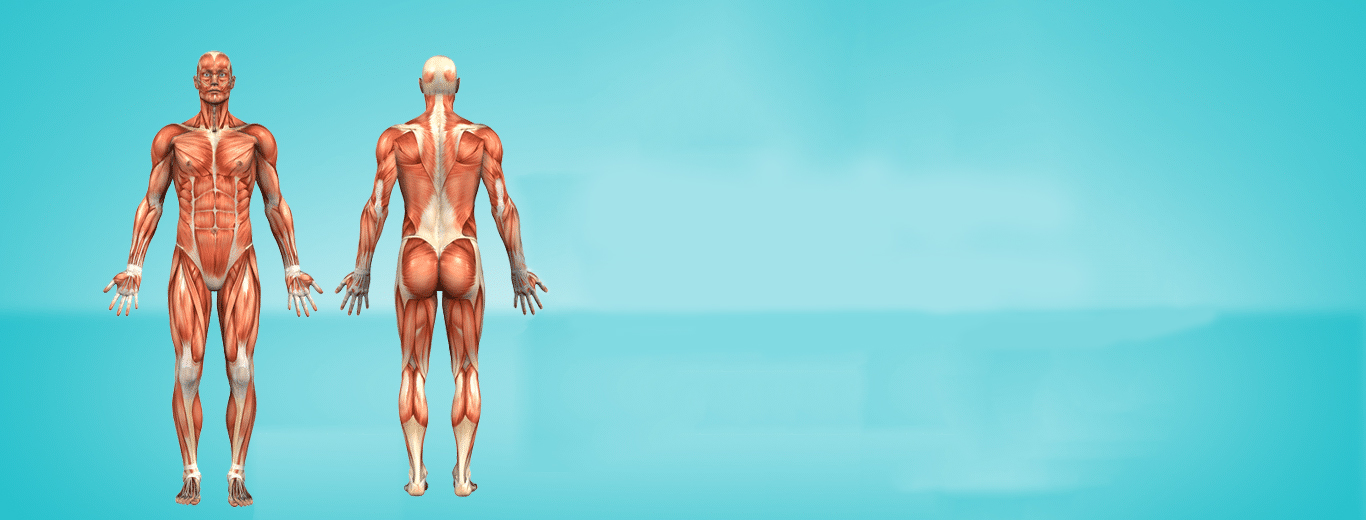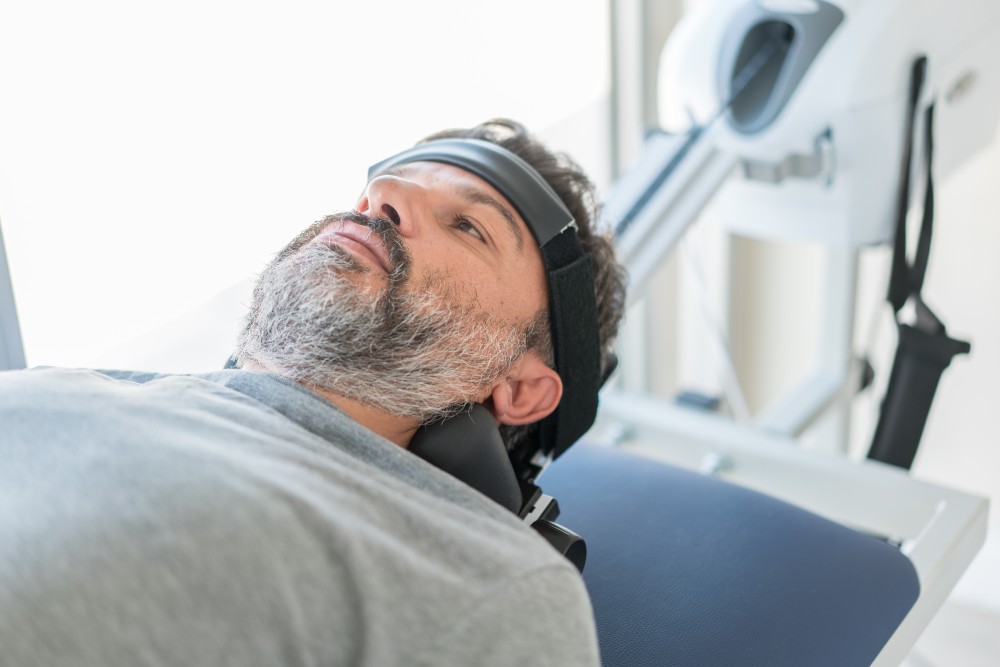Cervical and lumbar traction
What is cervical and lumbar traction?
Cervical and lumbar traction therapy are techniques used to relieve pain and improve mobility in the neck and lower back. Cervical traction specifically targets the neck area and is used to alleviate pain and discomfort caused by conditions such as herniated discs, neck arthritis, and spinal stenosis. Lumbar traction targets the lower back and is used to relieve pain and discomfort caused by conditions such as herniated discs, sciatica, and degenerative disc disease. The therapy is typically administered by a physical therapist and may involve the use of weights, straps, or other devices to apply traction to the affected area.
How many sessions should I do?
How long is the treatment?








